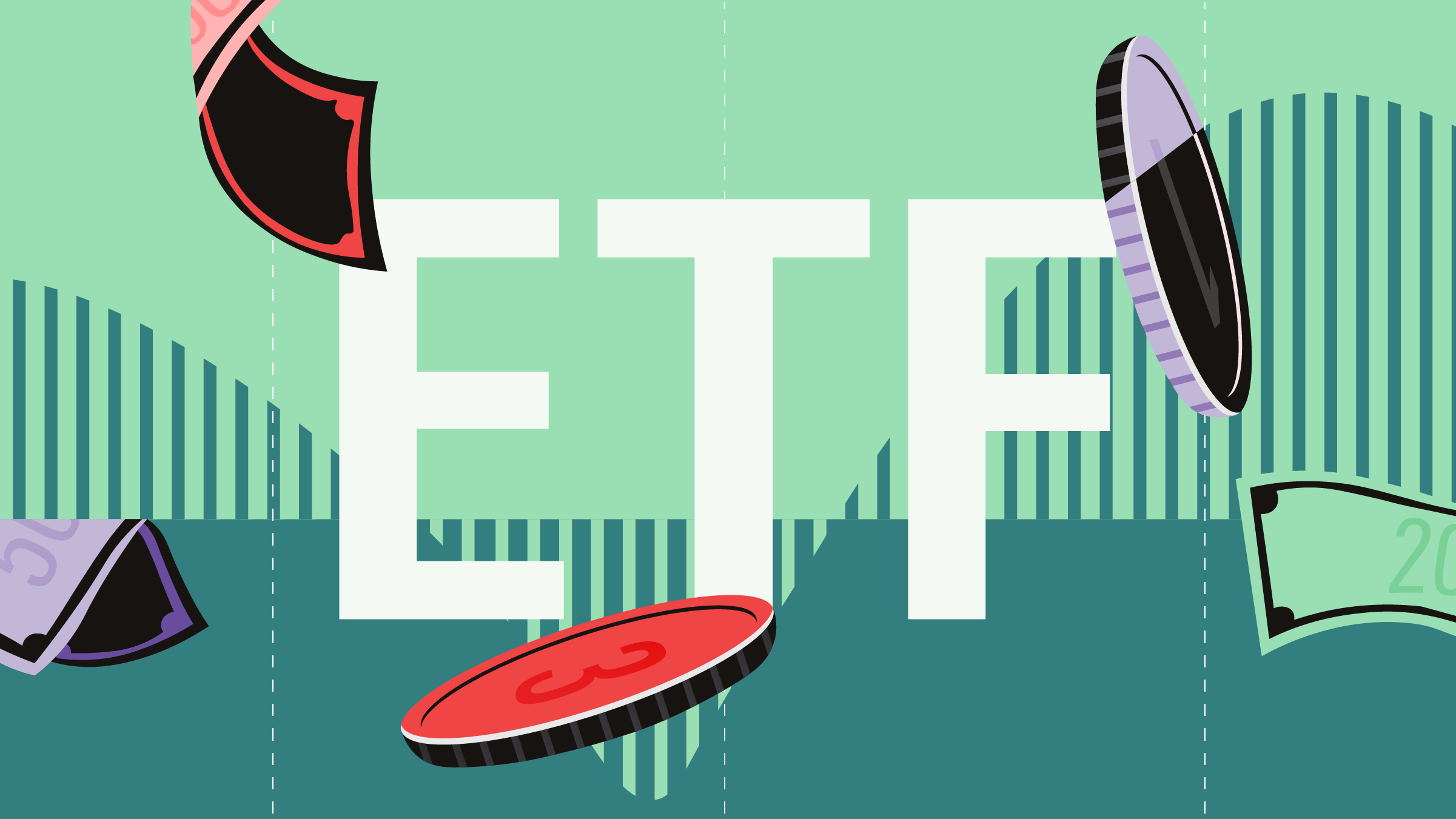Zebra Capitalin hallituksen puheenjohtaja, professori Roger Ibbotson käsittelee tällä videolla Ibbotson-yhtiön tutkimusta riskin ja tuoton suhteesta. Tutkimuksen mukaan on totta, että riskipitoisemmat omaisuusluokat (kuten osakkeet) ovat historiallisesti tuottaneet paremmin kuin vähemmän riskipitoiset (kuten lyhyet korot). Mutta kun pureudutaan osakkeiden omaisuusluokan sisäisiin eroihin huomataan, että vähemmän volatiliilit yhtiöt ovat itse asiassa tuoneet parempia tuloksia.
Morningstar omistaa Ibbotsonin nimeä kantavan yhtiön.
Christine Benz: Hi, I'm Christine Benz for Morningstar.com. I'm here at the Morningstar Ibbotson Conference, and I had the opportunity to sit down with [Zebra Capital chairman] Roger Ibbotson, who discussed some research he presented at the conference about the potential for low-volatility stocks to outperform.
Roger, you presented some research [at the conference], and you looked at the traditional risk/return relationship between asset classes. What the data show are that if you are in higher-risk asset classes like equities you tend to outperform over time. Correct?
Roger Ibbotson: Yes. Of course, that's what our research has shown over the years, say, stocks, bonds, bills, and inflation. The whole purpose of that was to look at risk premiums. We looked at all the different parts; we've found out that stocks beat bonds. We call that the equity risk premium. We found out that long-term bonds beat short-term bonds. We call that either a horizon or an interest-rate risk premium. We find a small stock premium that small beats large. We find a value premium, that value beats growth. We find all these premiums in the market, and most of them are really related to risk. And this is across the different asset classes.
Benz: You recently, though, drilled into the equity universe specifically, and you examined a time beginning in 1972 ending in 2012. And what you found was surprising given what you just talked about that lower-risk equities generally outperformed higher-risk ones. Let's talk about the overall findings there.
Ibbotson: Yeah, I think it's actually pretty amazing because when we look at the overall within the asset classes--so we look at the category and we see, for example, high-beta stocks versus low-beta stocks, the capital asset pricing model--the equity risk premium pays off of risk.
But it turns out that if you then try to boost it up by buying the high-beta stocks instead of the low-beta stocks, you do end up with more risk, but lower returns. So both high-beta, high-volatility stocks actually have lower returns.
Benz: Within equities you actually sequenced the characteristics that would tend to predict better risk-adjusted performance and low turnover within stocks. Let's talk about what that means that an individual company has low turnover.
Ibbotson: Low turnover means that we look at the share turnover of the company say for the previous year, and you look at how many shares turned over, what percentage of the shares turned over were traded over the total number of shares outstanding. It turns out that the companies that have a lot of turnover have much higher risk, but have much lower returns. It turns out that the companies that have a little less turnover actually have much higher returns and lower risk. So, here again, it's the lower-risk companies that actually have the higher returns.
Benz: Low volatility and low beta you also mentioned are correlated with higher long-term returns?
Ibbotson: Yes. In every category we looked at--and we actually looked at six different categories here--and in every one of the categories we find this relationship that within an asset class, we get this reverse relationship. We find that in fact that it's the low-risk portfolios that actually do the best. So, actually I think we're not the first to cover every part of this, but to see it all put together, it actually has pretty startling results here that you actually have higher returns with the lower-risk assets.
Benz: Now, if someone were thinking about implementing these findings in their own portfolio, how should they go about doing it? We've seen some low-volatility stock funds and exchange-traded funds recently launch. Is that an attractive way to go about it? How should you think about doing it?
Ibbotson: Those would be attractive ways. Essentially, you still have this risk/return relationship that says stocks beat bonds or stocks beat Treasury bills. But within the category of stocks, just the reverse tends to work, so that the less liquid stocks outperform the more liquid stocks and turn out to be less risky. The low-beta stocks outperform. The low-volatility stocks outperform. The value stocks turn out to be actually less risky than growth stocks. We're so used to talking about these risk premiums. But in fact they are premiums, but they are not risk premiums because higher-risk assets actually have the lower returns.
Benz: One thought that occurs to me is whether you could possibly use dividend-paying ability as maybe a proxy for some of these characteristics that higher-quality companies, lower-volatility companies might tend to be more likely to pay a dividend. Do you think that's reasonable or would you need to study that more to make a comment?
Ibbotson: I didn't specifically study that, but I have seen other literature of the topic, and it is true that the higher dividend-paying stocks also tend to be lower-risk and higher-return. They fall into that. We could have added that at the end of the study certainly. I think it would be supportive of everything else that we found here.
Benz: Roger, thank you so much. It was fascinating research. Great to hear about it.
Ibbotson: Thank you. Great to talk about it, too.





















